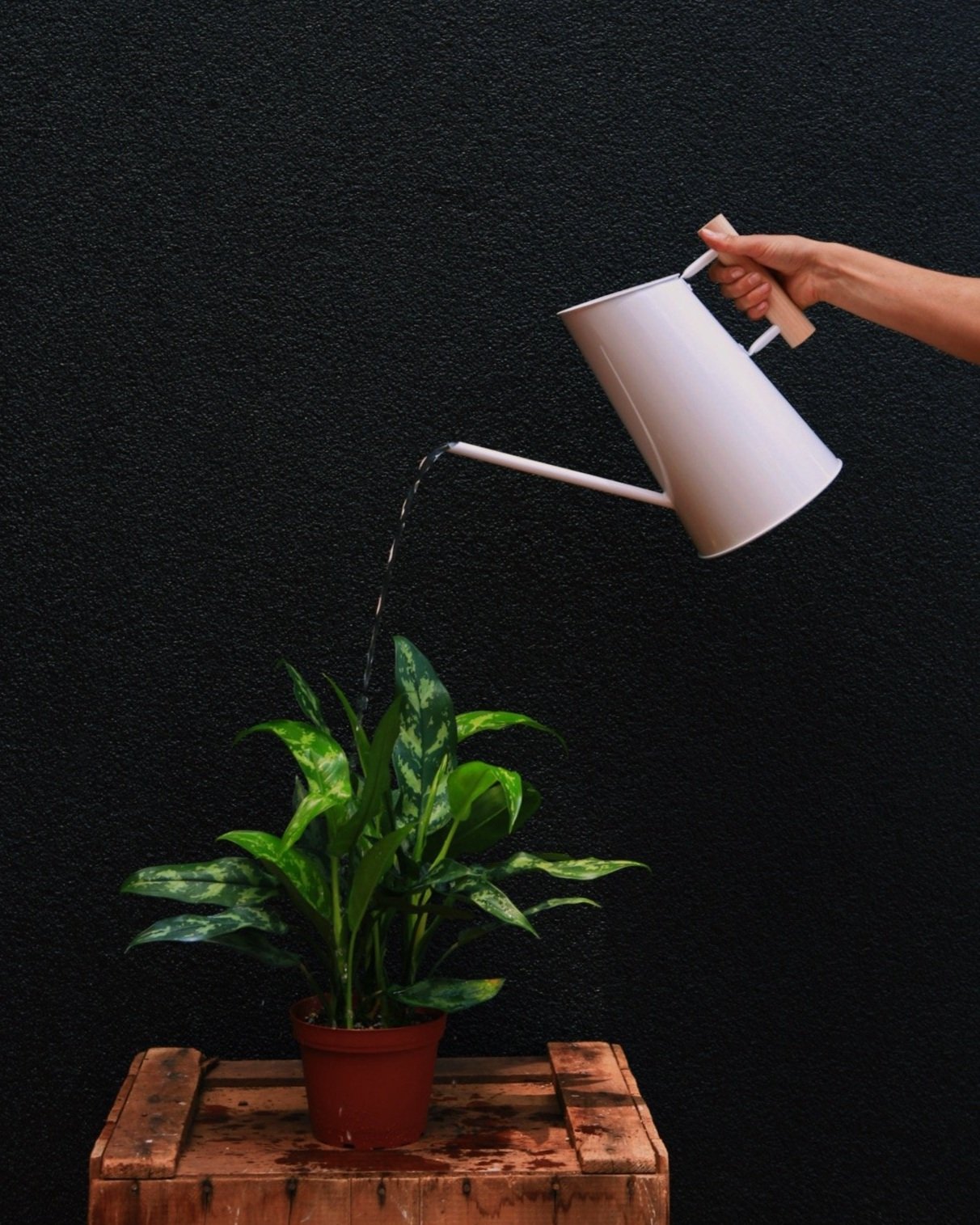
Why “Overwatering” Isn’t What You Think It Is
The term “overwatering” simply does not tell the entire story of why your plant is struggling. When we’re told we’ve overwatered our plants, we immediately examine our watering routine and try to figure out how we’ve managed to drown them. The good news is, if you’ve overwatered your plant, chances are you need to reduce your routine. That’s right, do less! With a more strategic approach to plant care, quality over quantity, your plants will be the happiest they’ve ever been.

We regularly take questions about people’s plant issues, and we’ve observed that what we call ‘overwatering’ is the culprit of the majority of these issues. So what’s happening here? Let’s dig in.
What is root rot ?
What we’re seeing in an overwatered plant is usually the results of what is generally termed as “root rot”. Root rot is typically the result of a widespread soil pathogen, the spores of which can remain dormant in soil for many years until their ideal conditions are met. With consistent moisture, these spores will penetrate the roots of a plant, causing them to decay.
What are the signs of root rot
Root rot typically manifests as a yellowing or drooping of the leaves. Sometimes the signs of overwatering and underwatering can be similar in appearance. If you’re having trouble spotting the difference, read this.
Is it reversible?
The pathogen that causes root rot cannot survive without moisture. Most plants experiencing the early stages of root rot can recover if you allow the soil to dry out completely. To accelerate this process, place the plant in a space with slightly better light. (Note: if you abruptly introduce your plant to much more sun than it was previously used to, it can cause the leaves to burn. Gradually moving it into more sunlight over the course of many days will help it acclimate.) Use a soil probe or similar device to ensure the soil is dry all the way to the bottom before resuming watering.
Onto the most important question: How do we prevent root rot?
You’ll want to make sure you’ve got the following covered:
Drainage
Roots do more than delivering water to the plant. They also require oxygen for respiration! To ensure proper oxygen flow in your soil:
-
Use a well-draining potting mix, with lots of perlite, vermiculite, or rice hulls which keep the soil from compacting after multiple watering cycles. Our preferred potting mix is Organic Mechanics.
-
Occasionally aerate the soil with a soil probe, chopstick, or similar device by poking holes in the soil.
-
Always house your plant in a pot with proper drainage! The preference will always be a pot with at least one drainage hole at the bottom. We recommend adding a couple inches of rocks at the bottom of the pot before potting your plant, whether or not the pot has a drainage hole. This allows some added airflow, and keeps the bottom of the soil from becoming water-logged.
Note: If your pot does not have a drainage hole, these rocks will act as a reservoir. Air on the side of underwatering plants that are potted this way, and limit the quantity of water to not overflow the reservoir of rocks. You can learn more about repotting your plant here.

Frequency of Watering
The soil of any potted plant will need to be allowed to dry to some degree between waterings. The degree to which the soil prefers to dry can vary from plant to plant, so start by researching your plant’s watering preferences (our product descriptions are a great place to find this info!). For most indoor plants, we recommend testing the top two inches of soil for moisture, using your finger or a probe, before each time you water. The top two inches of soil should be completely dry.
Quantity of Water
Water slowly, and fully saturate the soil. You should be using enough water for some excess to come out into the drainage tray.
If the water appears to be coming out of the bottom too rapidly, this can be a sign that your plant has become root bound, meaning the roots have grown so thick that they’re beginning to displace the soil. No big deal! Consider repotting it during the growing season. In the meantime, bottom water your plant by placing it in a tray or bowl of water, and letting the plant suck up the water through the drainage hole of the pot. We recommend leaving the plant in water for at least 15 minutes.
Light
Your plants’ ability to process water relies heavily on its access to proper lighting. Your plants’ roots will function better in an environment that suits its needs. With adequate sunlight, your plant will take up water more efficiently, leaving less water lingering in the soil, thus lowering the chances of root rot.
So next time you’re having issues with a plant in your collection…
Look first to how your roots may be doing, and adjust your routines accordingly. This might mean lowering the frequency of water, moving your plant to a more brightly lit space, or repotting your plant for better drainage. But there’s no need to feel shame around the idea of ‘overwatering’ ever again, especially now that you know precisely what it means.

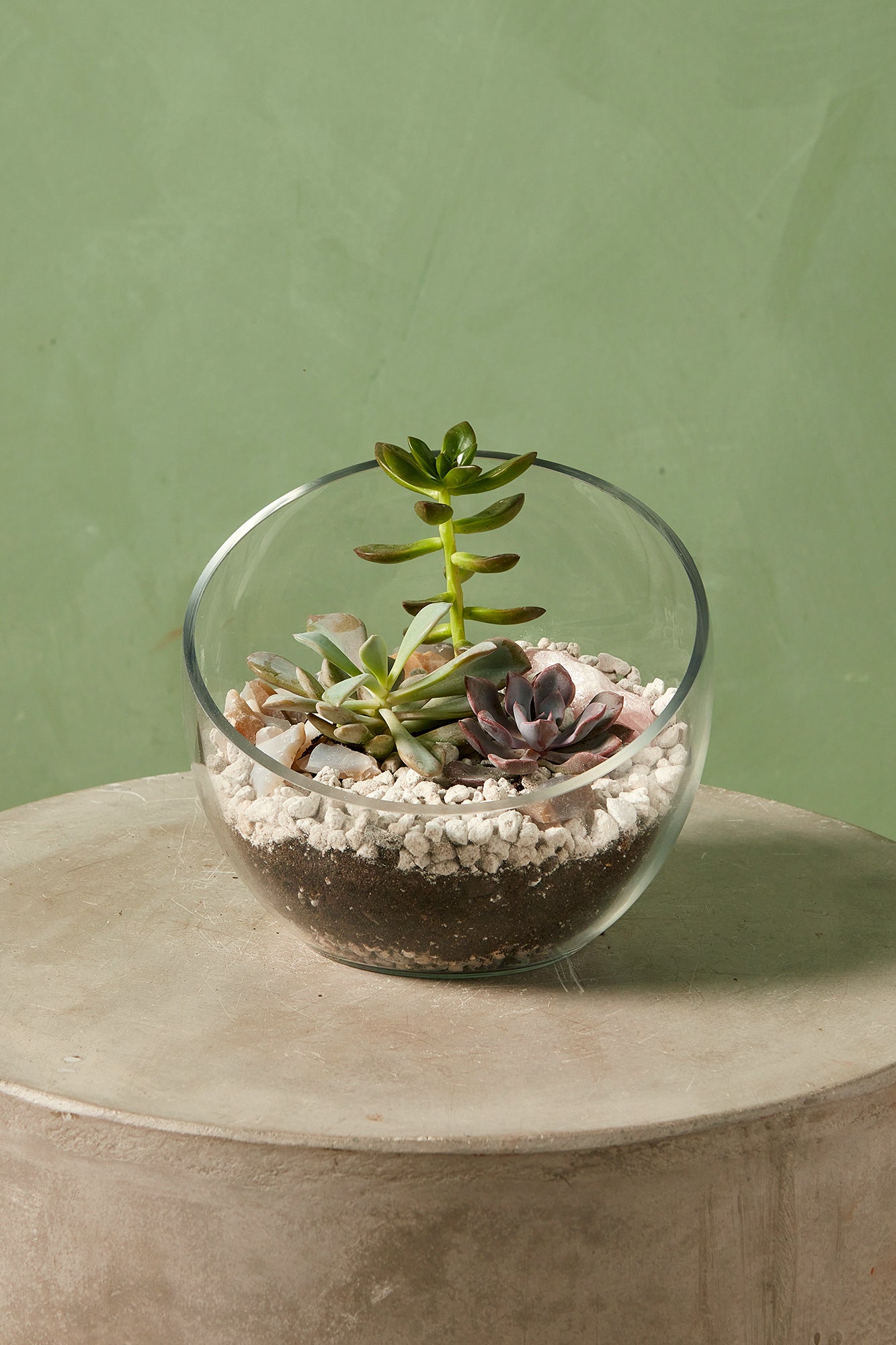
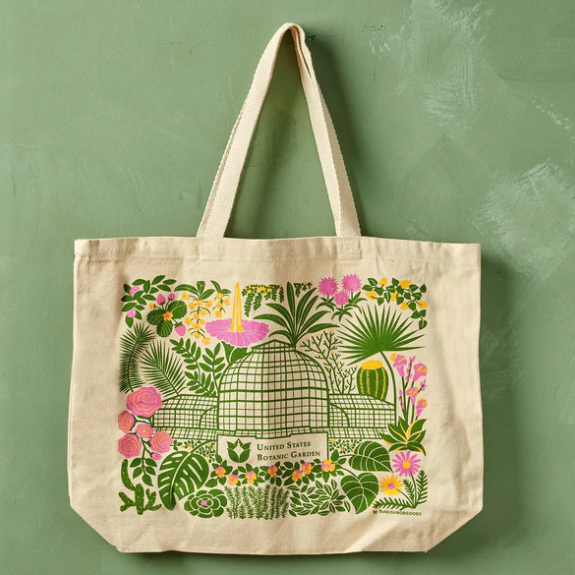
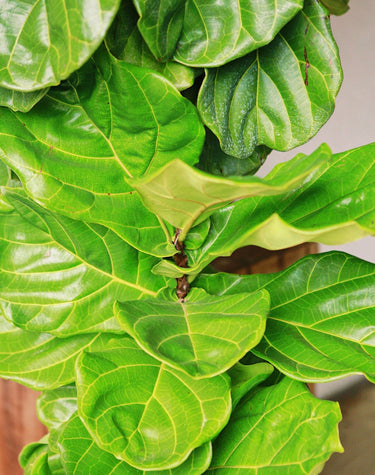
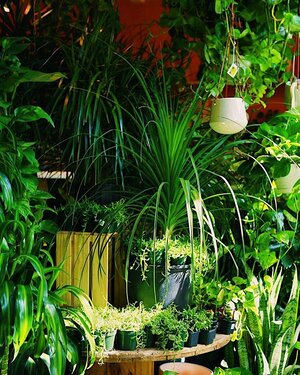
Leave a comment
This site is protected by reCAPTCHA and the Google Privacy Policy and Terms of Service apply.